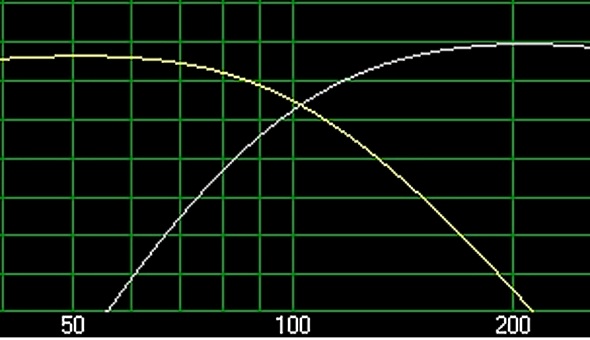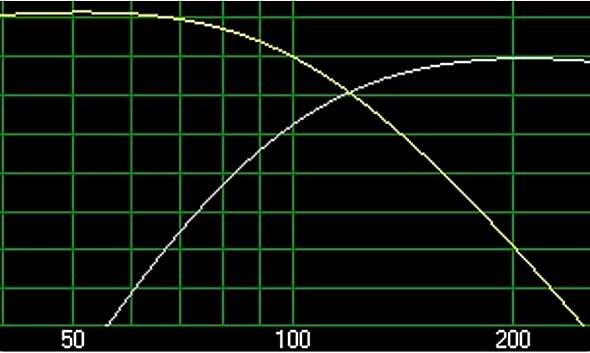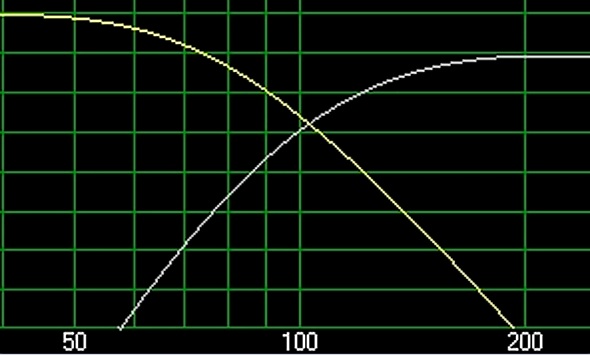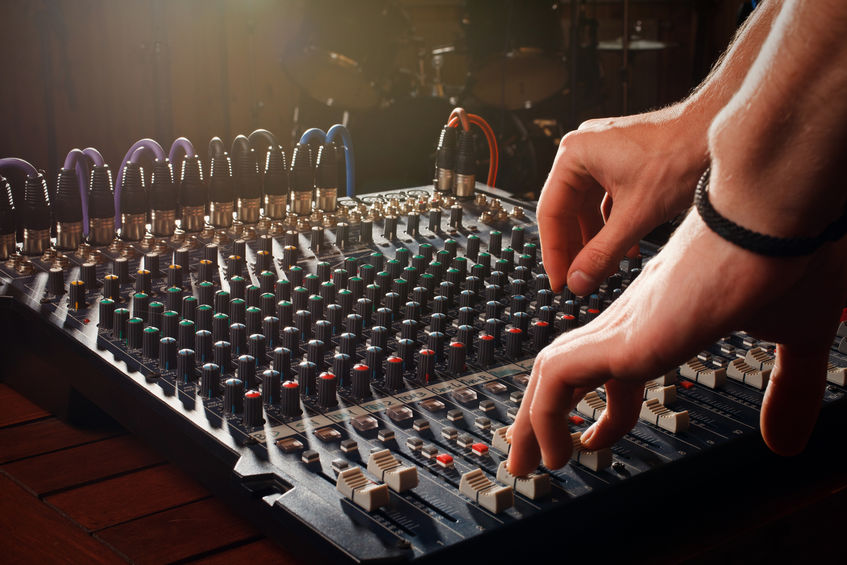Tuning a sound reinforcement system can be accomplished quickly by using specialized software and a calibrated measurement microphone, combined with the knowledge of how to correctly deploy them and the ability to interpret and understand the data they provide.
But if you don’t have these tools readily at hand, here are some techniques I’ve utilized over the years using nothing but my ears and a few select tracks.
Before starting, a psycho-acoustic factor to keep in mind is that the human brain is more sensitive to timing errors than to frequency errors. If there are reasonably small frequency spikes and holes in the response of the PA, the brain will compensate quickly, so it goes unnoticed.
This is good news because it means not having to be a slave to dialing in an absolutely “flat” response in the system. Sometimes good is good enough.
Sidebar: On more than one occasion when working as the house system tech, I’ve watched engineers work with a real time analyzer (RTA) in tuning a rig into total flatness, and then try to mix the band using ever-more channel EQ. The end result is incomprehensible mush – even though the RTA display is ruler-flat, the sound is horrible!
The fix I’ve used in these cases is to hit the “bypass” on the house EQ and then apply channel EQ judiciously. The whole PA comes back to life. Why is that? Because equalization alters phase. Phase is time, and the brain is least tolerant of timing errors. The brain can “mask” frequency errors, but timing errors continually confuse our hearing perception.
Getting Started
Now, let’s get to work. I start first by aligning the crossover points as best as possible. Make sure that every bit of EQ is bypassed. Double-check that house EQ and inserts are set flat, and that all channel EQs and high-pass filters on the console are flat or bypassed.
Start by muting the outputs on the crossover, put on some familiar music, and then unmute each band individually, listening to be sure they’re coming up in the right place – and on the right loudspeakers.
Listen for any anomalies that affect the overall system. Rattles and buzzes are pretty common, and often you may not notice until listening to each cabinet individually. Quite often it’s simply a latch or caster making the noise, and a little gaff tape will take care of it.
After verifying that each loudspeaker and crossover band are correctly wired and functioning, I then align the adjacent bands, starting with the sub to low-mid band. The number one problem I’ve witnessed is too much overlap between the subs and the low mids. This may be unavoidable, because some crossovers don’t allow asymmetric frequency settings.
At this point, let’s focus on how changing the gain of a passband affects the overlap between adjacent passbands. We‘ll use a common sub-to-mid crossover point of 100 Hz. Figure 1 shows a typical 18 dB-per-octave Butterworth crossover. The integration between the sub and the low-mid works fairly well, except that it’s a bit lacking in the bass region.

Figure 2 shows the subs at +6 dB, a response that is typical for a modern sound system.

The crossover point changed with the increase of subwoofer gain, causing a shift in the crossover region. Now there will be too much “mud” in the system in the 100 to 200 Hz range, because the subs and the mids will be reproducing these “overlap” frequencies. Sound familiar?
We need a way to adjust the bandpass gains up or down while still achieving summation at the crossover point. The fix is to decrease the low-pass filter until the crossover occurs at the right place.
Figure 3 shows the sub low-pass changed to 75 Hz, with the mids untouched, still at 100 Hz. This brings our crossover back to the proper frequency.

The point is that when we change the gain of a bandpass filter, a corresponding change to the crossover point is needed. Unfortunately there’s no rule of thumb – it’s different for every crossover type. The best advice is to keep these relationships firmly in mind and then adjust accordingly.





















